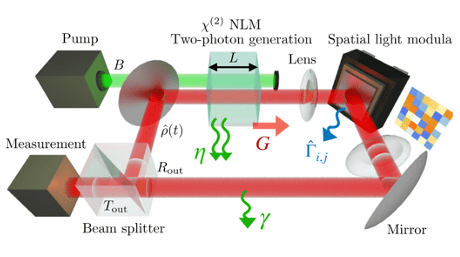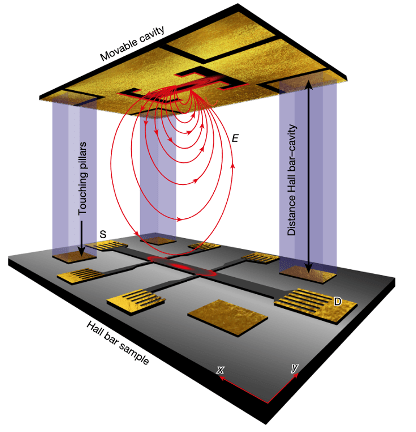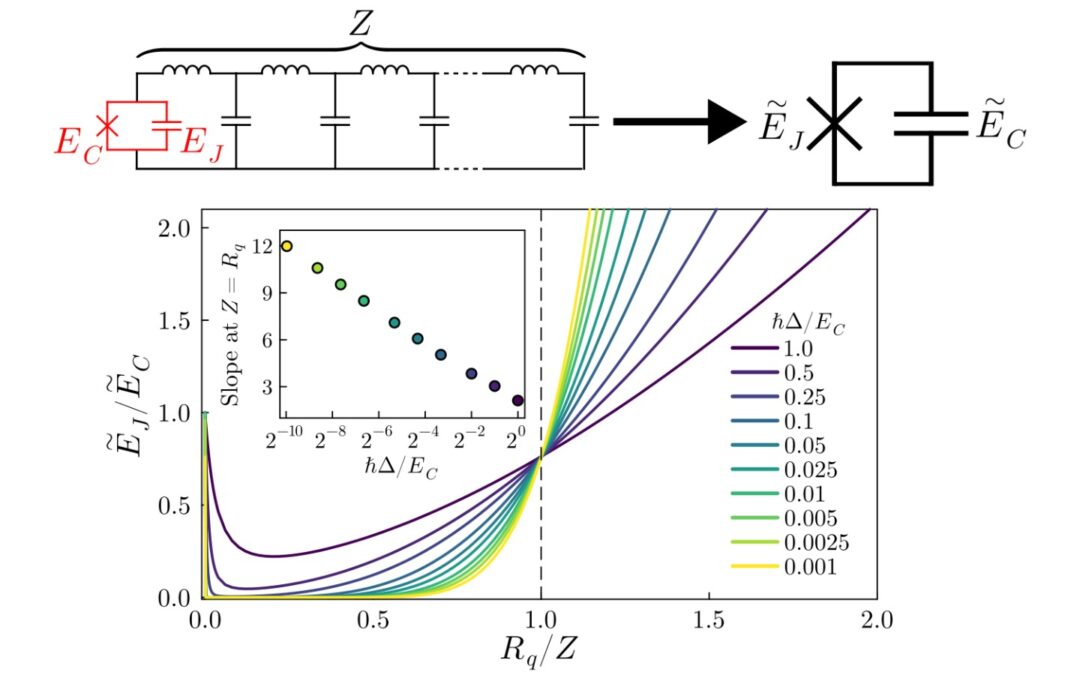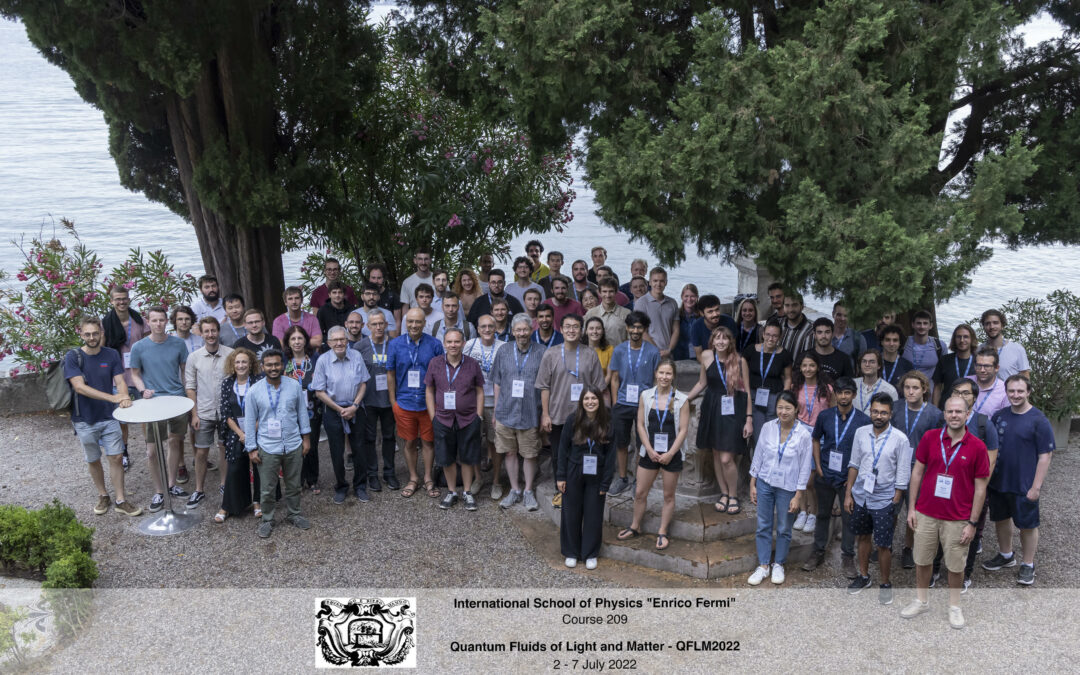The THEORIE team just published in Phys. Rev. Lett. an article on the topological properties of cavity quantum materials.

Topological materials exhibit extraordinary properties, thanks to the unique characteristics of their electronic wavefunctions. To grasp this concept, think of it as counting the holes in everyday objects—a donut, regardless of its size or toppings, unequivocally boasts one hole. Similarly, non-zero integer values known as “Chern numbers” serve as signatures of intricate topological phases in materials.
In their study, the researchers of the THEORIE team delve into a remarkable phenomenon. By immersing a 2D material within a cavity resonator, they’ve unveiled a fascinating capability to reshape its inherent topology. This transformation arises from a captivating interplay between an electron and a cavity quantum electromagnetic field, akin to an intricate dance where partners become profoundly entangled.
Traditionally, the electron Chern number was deemed a paramount topological property. However, within the entwined realm of electron-photon interactions, the electron Chern number loses its exclusive status. Instead, the researchers made a fascinating discovery—an entirely new Chern number emerges, one intricately linked to the hybrid electron-photon eigenstates. This revelation reshapes our understanding of material topology and opens doors to unprecedented possibilities in the realm of quantum materials.
Reference :
Electron-photon Chern number in cavity-embedded 2D moiré materials
Danh-Phuong Nguyen, Geva Arwas, Zuzhang Lin, Wang Yao, and Cristiano Ciuti
Phys. Rev. Lett. 131, 176602 (2023)
À lire aussi

Emergent Equilibrium in All-Optical Single Quantum-Trajectory Ising Machines
A collaboration between the Theory group at MPQ, CREF Rome, and Sapienza University of Rome has shown that multimode all-optical systems driven by two-photon processes can reach thermal equilibrium at the level of single quantum trajectories. The study is published in...

Cavity-enhanced fractional quantum Hall phases and cavity-modified spin splittings
A collaboration between the Equipe Théorie at MPQ and scientists from ETH Zurich and the Flatiron Institute has demonstrated, both theoretically and experimentally, that giant vacuum fields confined in a split-ring resonator cavity can profoundly alter...

Emergent quantum phase transition in superconducting circuits
The THEORIE team has recently published a significant theoretical study in Nature Communications on the topic of quantum critical phenomena. This research addresses a current debate that questions the traditional understanding of dissipative quantum phase transitions...

QFLM 2022 School at Varenna, Italy
The International School "Quantum Fluids of Light and Matter (QFLM2022)" in Varenna was a great success with many distinguished lecturers and a great audience of students, postdocs and senior researchers.QFLM 2022 was co-organized by Cristiano Ciuti with Alberto...
